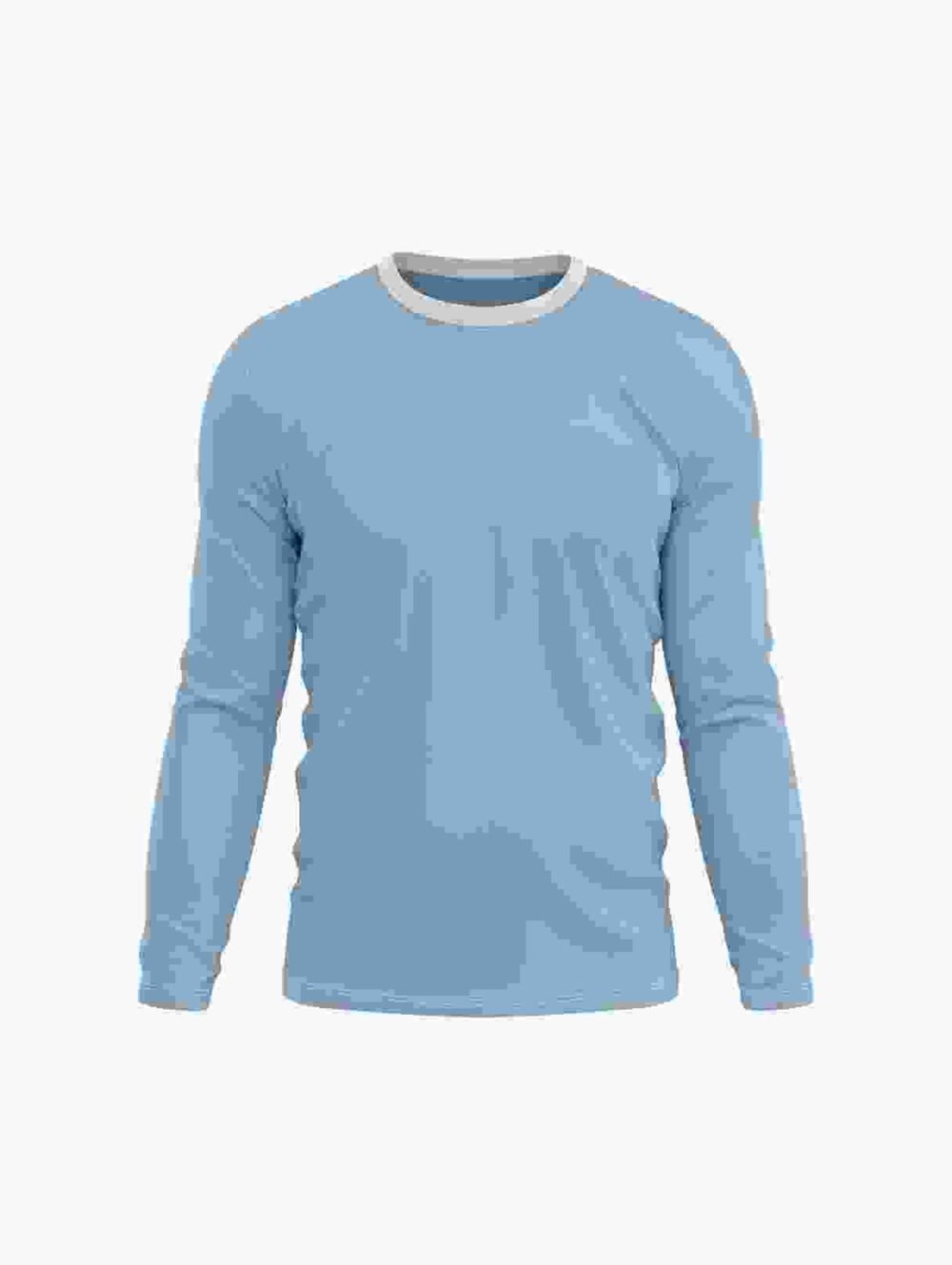Have you ever clicked a link while perusing a site and found yourself redirected to a page that indicates the content you were looking for no longer exists?
So, what exactly did you do? Did you keep on accessing that site? Did you look for anything similar using the search bar? Or did you simply use the back button and select a new search result?
Very likely, it was the latter.
Visitors encountering a faulty page are far less inclined to return to a website. Broken links in SEO are detrimental to the website.

So what exactly are broken links? Broken links in SEO could be better news for both human users and SEO. Therefore, understanding how to resolve broken links is essential to maintaining a successful site.
In this post, we’ll go into further detail on why broken links in SEO are essential to find and fix. Afterward, we’ll show you five alternative strategies for finding and improving 404 errors without slowing down your website.
What are broken links?
A broken link is a page a user needs help locating or reaching for various reasons. Web servers commonly provide an error page when users attempt to view a broken link. Broken links are sometimes called “dead links” or “link rots.”
Broken link error code examples
Here are several error messages that a web host may display for a broken link:
- URL misspelled. Improper URLs might redirect users to a different site or cause 404 errors.
- Temporary halt. When the server that hosts a particular website goes down, the site becomes unavailable.
- Problems with compatibility. WordPress themes and extensions that are inappropriate with your site’s files might cause issues with the site Url.
- Wrong Code: An incorrect HTTP status code indicates the server response violates the protocol.
- The permalink structure has been modified. These are the fixed URLs to your posts on the website; altering their format might result in broken links.
- Timeout: Throughout the link assessment, HTTP requests were constantly timed out.
- The host server resets and terminates all connections, indicating either misconfiguration or overcrowding.
Causes of broken Links
There are different causes for Broken links:
- People might misspell or mistype the wrong URL.
- The site changed its URL structure without even implementing a redirect, resulting in a 404 error.
- The external site is not available, accessible, or someone has completely moved it.
- Defective page sections.
- The firewall or geographical restrictions do not authorize outside access.
How to Locate Broken Links on a Website
The easiest and quickest approach to determine if you have any broken links is to run your SEOptimer report and look for any broken links on a certain page:
If your website contains numerous pages or posts, you may use a tool to check all of them for broken links.
Google Search Console may also assist you in identifying any problems with your website once its bots have scanned it. If a page on your website is damaged, they will tell you. It’s vital to notice that they solely show URLs from your website, not outside links.

These problems may be seen in Google Search Console > Crawl > Crawl Errors.
Keep in mind that we sort crawl problems; if the URLs are optional, they won’t affect your search results.
Broken links in SEO
A broken link will direct your readers to an error code, resulting in a negative user experience.
Visitors who cannot get the required content will leave your site. This will raise your bounce rate and affect your SEO.
Broken links squander your crawl budget by decreasing links that Googlebot might have crawled. If Google web crawlers continually encounter empty pages, they may deem your site outdated, lowering your page rating.
Best Practices: How to fix broken links
Based on the content you create per week, you should devote some time monthly to monitor for broken links. Whether you do it once a month, once a quarter, or another period, you should follow these best practices:
Check Errors with Google Crawl
Error 404 The search panel simplifies this by ranking crawl failures for you. If the primary faults in the report are minimal, you should be confident that there is nothing critical further down the list of 404 crawl issues.
- You should avoid deep connections on a website until necessary. A deep link connects to a particular page instead of the homepage; internal linking and keyword phrases are other names for deep connections. If you believe the site is a reputable data source, use deep links, whether internal or external. If you own an e-commerce store and connect to your product pages that may disappear when you run out of inventory, you should arrange a monthly review to ensure you fix all your connections.
- If the link is external, you should contact the website connecting to you and seek a fix: If the linked website error occurred while linking to you, contact and inform them about the problem. They might solve it or have a connection possibility with them.
- Redirect (301) the broken page to other pages of your website. Locate similar information on the website and redirect the broken page there.”
- Remove anything following the domain name. The website may still exist even if a single page does not appear to operate. Websites occasionally restructure their material so that the page might be in a new position.
- Using HTAccess to Update the 301 Redirects If you are unfamiliar with the technique, updating the HT Access File can be easy yet risky. We caution that a single missing letter might cause your website to collapse.Strongly advise copying the complete file and transferring it into the notebook if your website breaks.
- The If you believe the site is a reputable data source, use deep links, whether internal or external. If you own an e-commerce store and connect your product pages that may disappear when you run out of inventory, you should arrange a monthly review to ensure you fix all your connections.The Link Checker validates the site, informs you about broken links on pages, and also displays the location of these broken links in your HTML code, indicating problematic tags.
- Broken Link Checker WordPress scans and checks all internal and external links on your website for broken connections. It fixes broken links in WordPress without a plugin to boost SEO and user experience.
Conclusion
Fixing broken links in SEO on your website may significantly boost your SEO, give better user engagement, and boost your site’s functionality. It may, however, be quite intimidating and perplexing.























